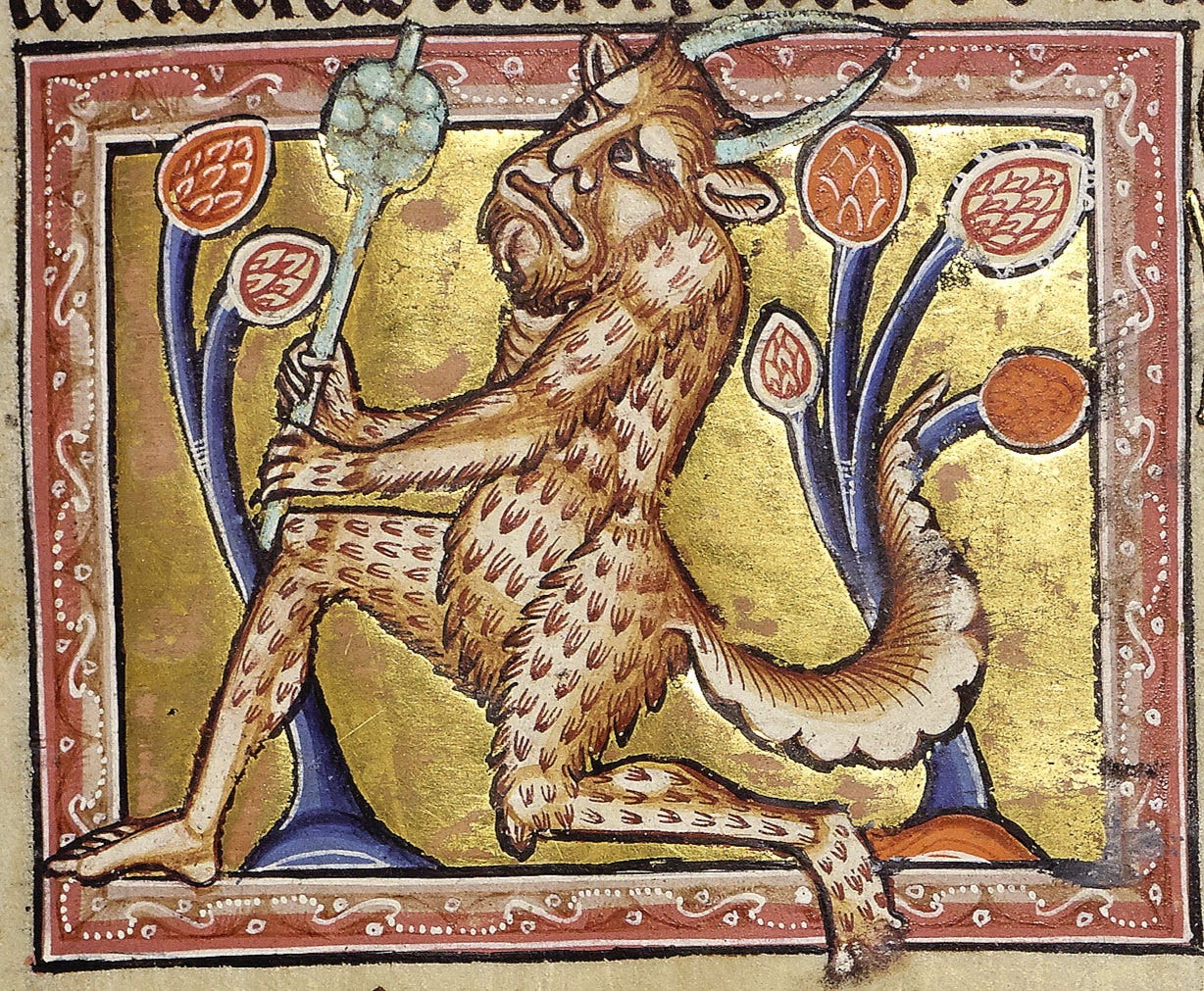So, Where Do the Fairies Actually Come From?
At the end of our series, we address the question that has pestered folklorists for generations.
This essay is part of a series called On the Origin of Fairies. To gain access to the full archive, become a paid subscriber today:

If you’re interested in fairy folklore, and you’ve spent any time on the Internet at all, then you have probably come across one of these two ideas:
Fairies are the folk memory of a Neolithic hunter-gatherer society of especially short stature, who were pushed to the fringes of Britain and Ireland, hiding in its ancient hill forts from a class of taller invaders. This is sometimes called the “pygmy theory.”
Fairies are demoted pagan gods, preserved through secret, underground worship.
Both of these ideas gained popularity in the 19th and 20th centuries, and despite the fact that historians have long since discredited them for sheer lack of evidence, they have endured in the popular imagination. The pygmy theory in particular was very much a product of a Victorian, imperialist mindset: in an era in which Great Britain was conquering land around the globe, the notion of a tribe being driven away by taller, better-armed invaders would have made sense to a 19th-century audience.
The second idea is one that has especially endured in the modern age—the concept that people refashioned their deities as fairies so that they could continue worshipping them. There are examples of this syncretic worship from more recent history, such as the evolution of Haitian Vodou, Cuban Santería, or Louisiana Voodoo, in which enslaved Africans concealed their deities through syncretic worship of Catholic saints. As I warned in the very first entry of this series, it’s important that we don’t allow our knowledge of 18th- and 19th-century colonialism to blur our vision when examining the medieval period—we are in very different territory here.
In yesterday’s essay, we revisited a concept that comes up often in studies of medieval folklore: that medieval Christians had more nuanced, ambivalent views of magic than we might assume. Medieval Catholicism was rich with mysticism and mystery; it was a culture perfectly capable of producing its own “godlings,” just as the ancients did before.
In the early 20th-century, folklorists turned to Ireland as a potential fountain of origin for all-things-fairies. In their view, Ireland’s extraordinary wealth of fairy folklore suggested that fairy belief belonged to “a shared ‘Celtic’ heritage of Ireland and Britain, lost in the mists of time.”1 Again, not enough evidence. And then, by the mid-20th century, the great British folklorist Katharine Briggs concluded in The Fairies in Tradition and Literature (1967):
…the flourishing time of fairy belief must be pushed back to the earliest historic times on these Islands, almost to the verge of pre-history… there is little doubt that [pagan deities] can claim their part in the building of the fairy tradition as well as the half-deified spirits of the dead and the spirits of woods and wells and vegetation.2
Ever since, the subject of fairy origins has been carefully avoided by folklorists. That is, until the past few years.


